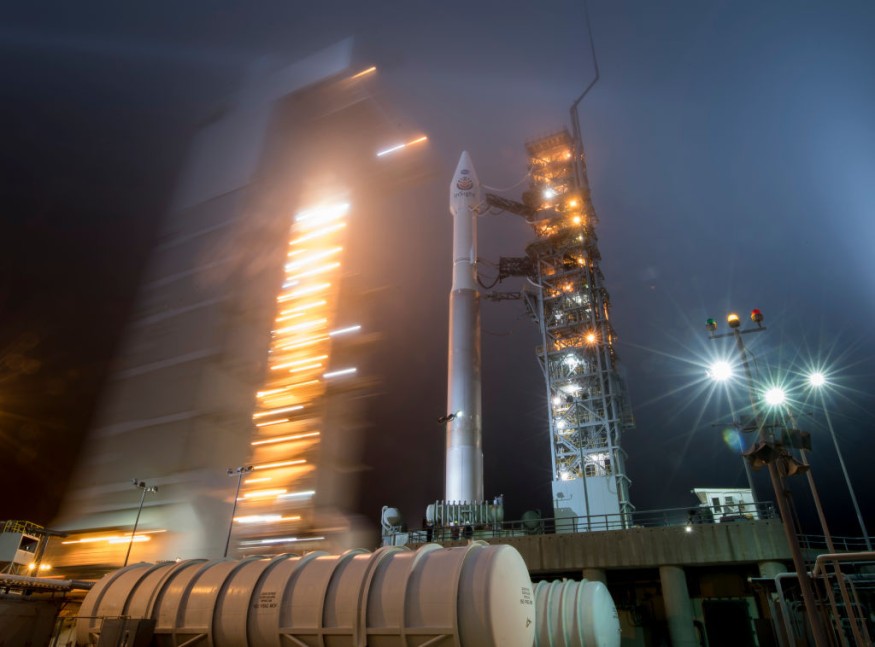The dust building on the solar panels of NASA's InSight lander is causing it to lose power as it explores Mars. Experts say the mission could be terminated within the next year.
The space agency revealed Tuesday that dust had obstructed 80 percent of the solar panels, leaving less than 700 watt-hours of power per Martian day.
Winds were expected to clean the lander and allow it to continue collecting seismic data on its extended mission, which was set to last until 2022.
Earlier this month, NASA attempted to clear dust from the top of InSight using the lander's robotic arm, which trickled sand toward one solar panel hoping that the dust would be carried away by the wind.

NASA Discussed Death Of InSight Lander
According to SpaceNews, the death of InSight was discussed at a NASA Mars Exploration Program Analysis Group meeting on June 21.
Bruce Banerdt, the principal investigator for NASA's InSight mission, noted at the meeting that several of InSight's instruments had to be temporarily switched off. It was because a major section of the panels are coated in dust,
The Insight team monitors the lander's power levels to see which instruments can be turned down to save power before aphelion, when Mars is at its furthest point from the sun.
Banerdt said it'll be challenging to go through that, especially with the instruments.
Some sensors, like those that collect weather and magnetic field data, have been turned off by the team.
Banerdt and the rest of the crew expect that InSight's energy levels will plummet considerably more by April 2022, Business Insider said. The lander will lose all power soon after.
He stated they're likely to end our mission about that time next year unless they get a considerable rise in our solar array output.
InSight Team Depended On Cleaning Events To Swipe Dust
Space.com said InSight landed on Mars on November 26, 2018, and was designed to stay on the Red Planet for 687 days (sols) after landing.
The lander outlasted its two-year mission, and NASA decided to prolong it until 2022, giving it the duty of researching seismic activity on Mars.
Banerdt and the InSight team were counting on 'cleaning events' to clean the arrays of dust.
The Martian winds would sweep dust off the panels, allowing them to extract energy from the sun.
Spirit and Opportunity, NASA's other solar-powered Mars rovers, were salvaged by cleaning events, allowing them to operate for years longer than predicted.
InSight Team Explored Other Methods to Clean Lander
The flow of Martian wind has not been kind to InSight, so the NASA ground crew has explored alternative methods to clean the lander's pressures.
NASA said the InSight team had previously programmed the lander to shake in the hopes of blowing the dust away. More recently, the scientists employed InSight's robotic arm to scoop up Martian soil and deposit it on the panels.
The 'saltate' technique works by striking dust on the panels with sand grains, bouncing off the solar panel surface, and skitter through the air in the wind.
The robotic arm enhanced energy output by 25 to 30 watt-hours the first time it was used, Science Times reported. The second and third efforts both resulted in a temporary increase.
RELATED ARTICLE : NASA Commands Martian Muck-Covered InSight Lander to Tidy Up; A Trick Developed for Sedentary Probe
Check out more news and information on Space on Science Times.












